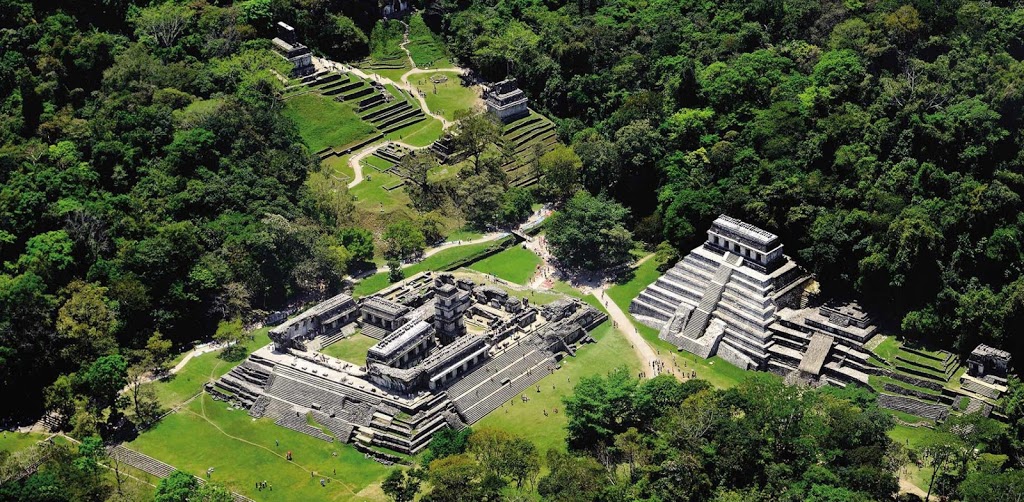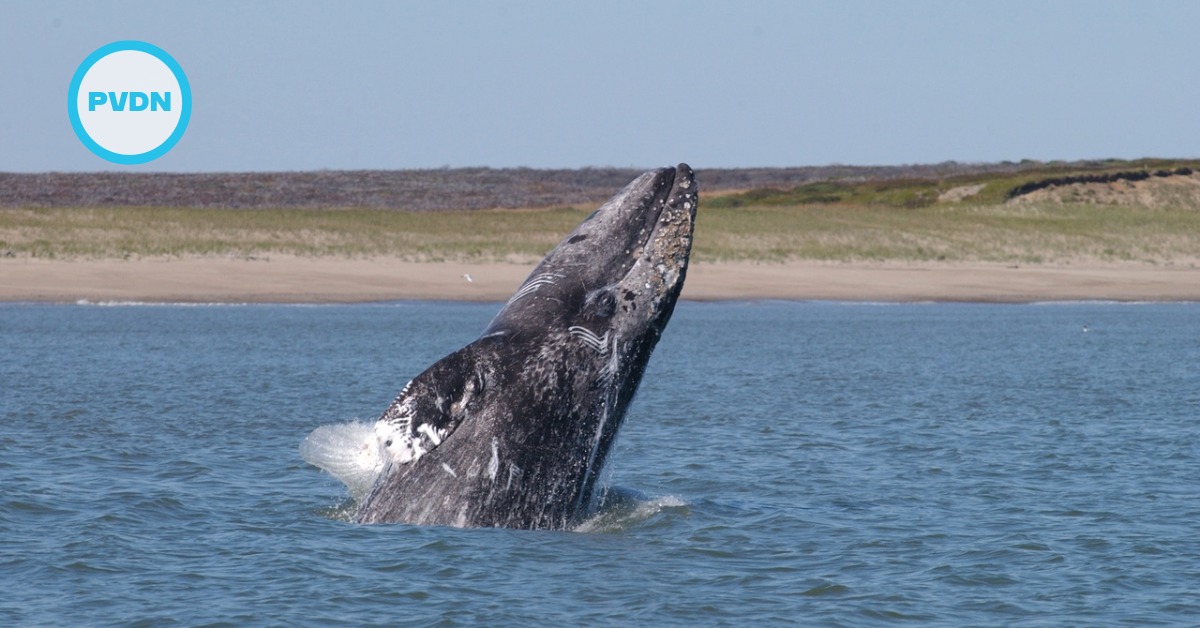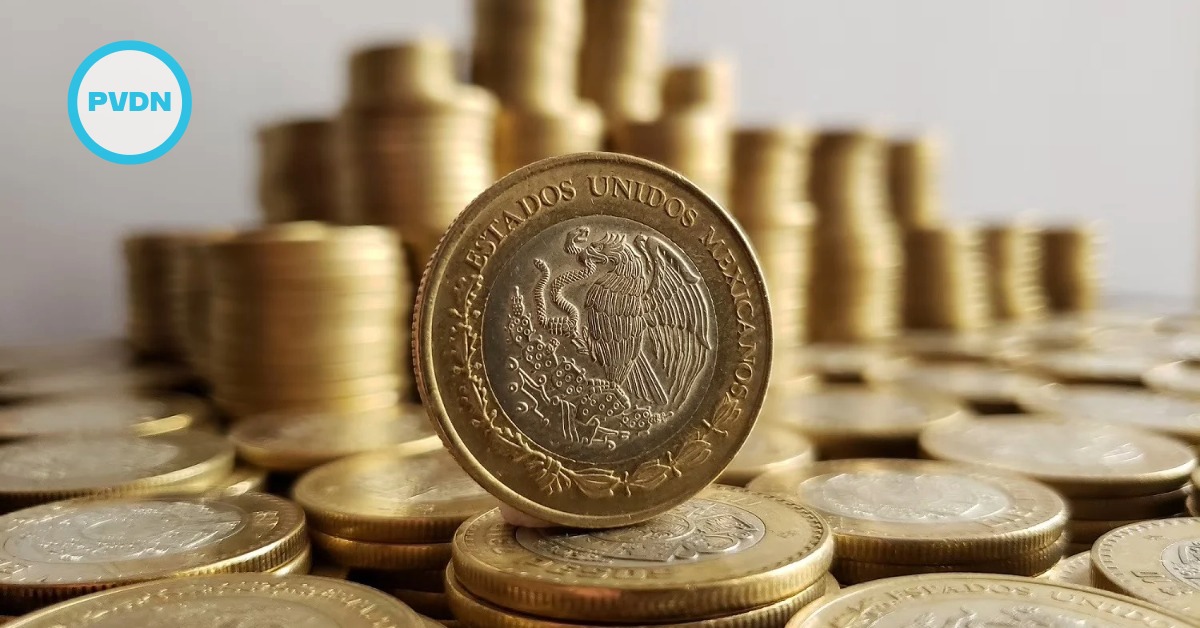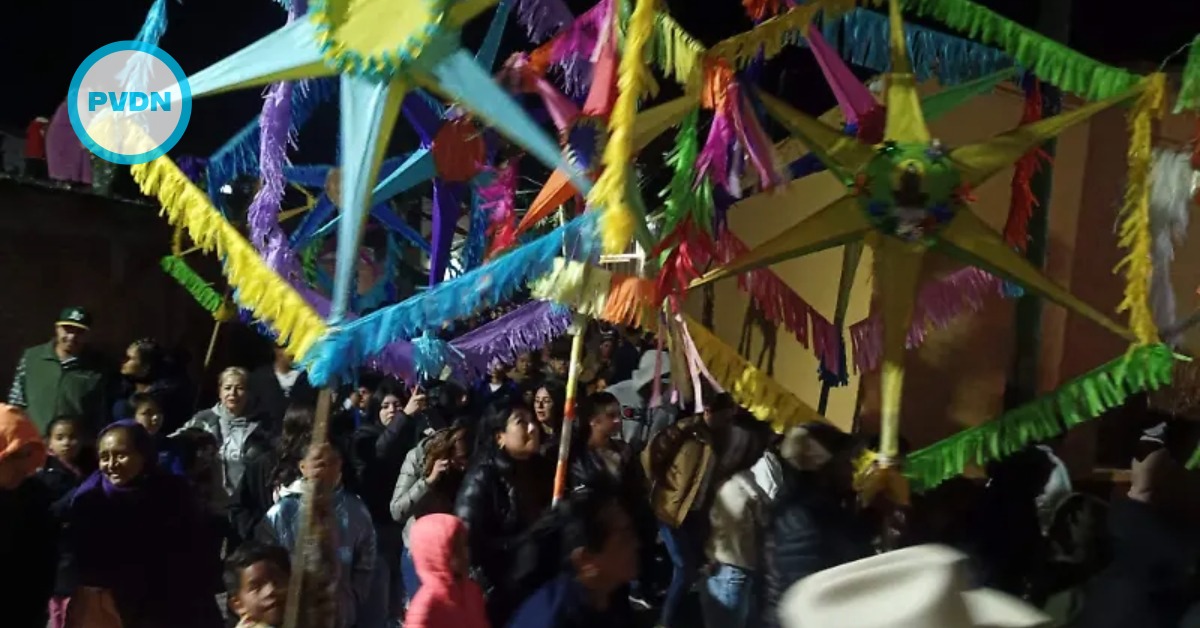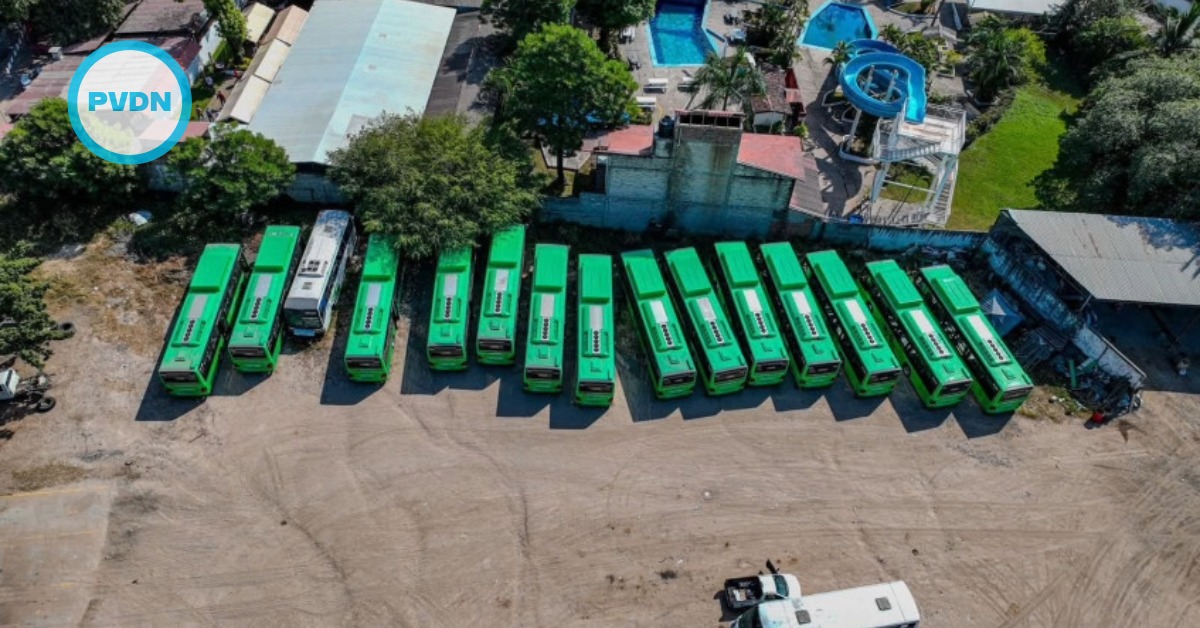Mexico's National Institute of Anthropology and History says the U.S. Embassy will donate $500,000 to help conserve the tomb of king Pakal and other structures at the Mayan ruin site of Palenque.
Once a ceremonial center, the archaeological site and the surrounding jungle comprise the Parque Nacional Palenque. It is home to wildlife, including howler monkeys and jaguars. The site’s main structure is the Temple of Inscriptions, a pyramid named for its hieroglyphic writing.
The tomb is known for Pakal's magnificent carved sarcophagus. It was built in Palenque's Temple of Inscriptions sometime after 683 . . .


